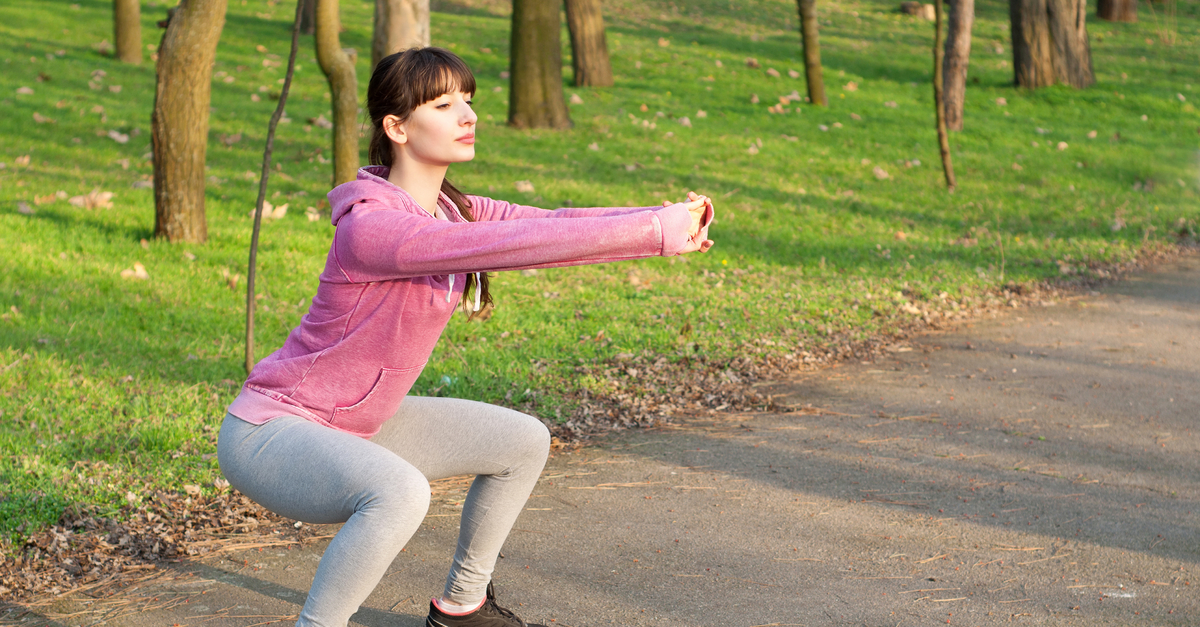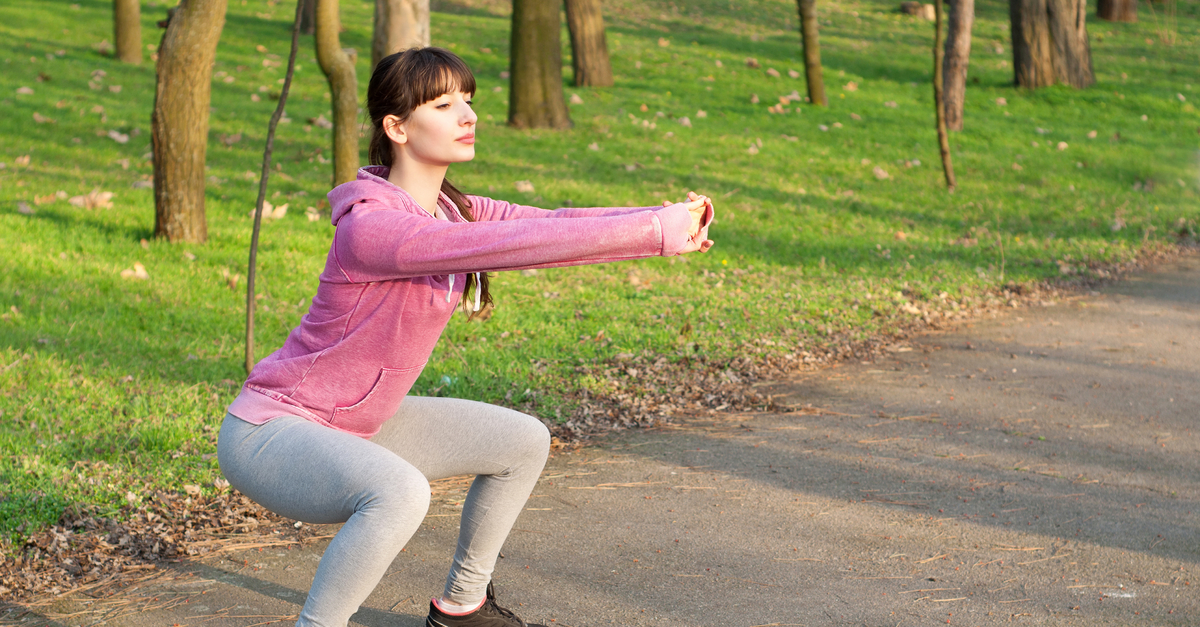One of the best ways to deal with limb loss is to start moving and stay active. By getting active and exercising your body, you’ll not only make your body stronger, but you’ll also make your mind stronger.
Plus, regular exercise boosts your spirits and helps create a positive outlook, which is always great.
Staying active doesn’t mean you have to take up a sport or do something extreme. You can get a good workout and build up strength and balance in your body just by doing some simple exercises on a regular basis.
Here are exercises we’ve identified that help you develop strength throughout your body and cultivate more balance, which will both help you get around the way you want.
Exercises for Strength
It’s important to build strength not just in the limb with your prosthetic device, but also in your support limbs and your core. A stronger body leads to better mobility. You’ll feel better, too.
Seated Push Up
One of the best things you can do to develop core strength and also build up strength in your lower and upper body at the same time is to do a seated push up.
Place a chair against a wall, then sit in the chair. Put your hands on the armrests or on the sides of the seat. Then, push down on the chair so that your hips and bottom are off the seat by two inches. Rest between repetitions.
If you want to add more difficulty to the exercise, you can simply by elevating a leg. If you do, alternate legs.
Squats
Squats are one of the best all-around full-body exercises you can do to build strength. There are two variants: a partial squat and a wall squat.
A partial squat is accomplished by holding onto something sturdy and spreading your weight across both legs. Then, while keeping your back straight, squat down like you’re sitting on a stool. Don’t go completely down to where your knees are at a 90-degree angle, but stop short so that it doesn’t become too uncomfortable.
If you want to go into a full squat, stand with your back on a wall and slide down until your knees are bent. You don’t have to go all the way to a 90-degree bend, but go as far as is comfortable. Hold this position for up to 30 seconds, or as long as you can, then rise back up and repeat.
Exercises for Balance
Strength is important, but so is balance. It can be difficult for new limb loss patients to regain their sense of balance without a lot of practice and hard work. Fortunately, you can do a few exercises to help you develop more balance and coordination.
Balanced Weight Bearing
This is not as much an exercise of the body as it is an exercise of both body and mind. Throughout your day, when you’re standing or walking, actively think about how you’re bearing your weight.
Most patients we see start out by putting most of their weight on their support limb. Try to evenly distribute your weight as you go throughout the day. If you’re walking, put equal weight on both limbs. If you’re lifting something with an arm prosthesis, try to bear as much of the weight on both arms as possible.
Think about it, visualize the weight, and then try to balance it out as much as possible.
Hands and Knees
This exercise will help you maintain balance no matter what limb is affected.
Get down on your hands and knees. Raise one arm in front of you, then put it down. Do the same for one of your legs. Once you’ve done this for each arm and each leg, try to raise your left arm and your right leg at the same time. Switch and do it again for the opposite side. Then, once you master this, try to hold the pose for a few seconds while continuing to breathe before relaxing.
During these exercises, keep your back straight and your eyes down toward the ground.
Balance Beam
You don’t have to use an actual beam for this; you can instead make your surface uneven by placing a pillow on the ground. No matter what you use, whether it’s an actual beam or a pillow, place it on a non-slick surface and then stand on it with one leg and stand on level ground with the other.
Place your hands on a support surface and gently sway back and forth, then to the left and right. Focus on keeping your muscles tight so you can support yourself.
Staying Active and Practicing Motion
The best way to develop strength and balance following limb loss is to give you and your prosthetic device lots of practice.
In addition to these exercises, try walking regularly. Think about doing calisthenics. Talk to your physical therapist and ask for suggestions as to what you can do at home.
Stay moving, and you’ll find you can do anything you want! In the meantime, contact BioTech for advice that will help you stay healthy and happy.

